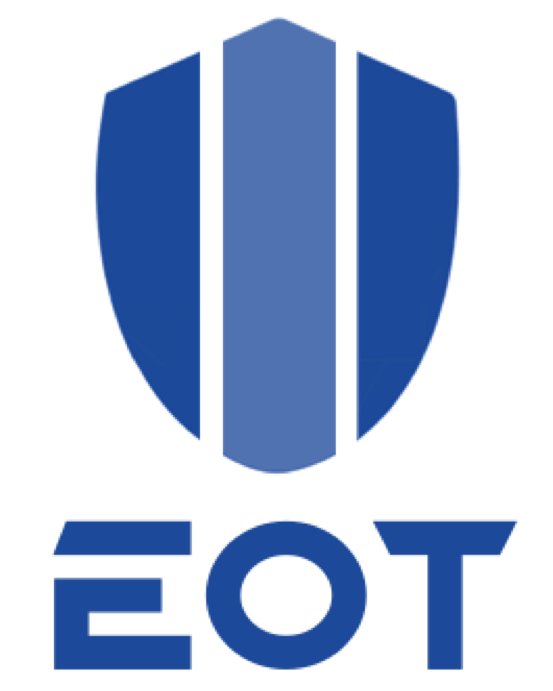- marketing admin
- Articles
Harnessing Descriptive, Diagnostic, Predictive, and Prescriptive Analytics to Achieve Excellence
The Industrial Internet of Things (IIoT) has ushered in a new era of connectivity and data-driven insights in industries worldwide. At the core of this revolution lies data analytics, enabling organizations to extract meaningful information from the massive influx of data generated by IIoT devices. In this article, we delve into the role and importance of data analytics in IIoT, exploring different types of analytics and their benefits. Furthermore, we discuss the challenges faced in implementing data analytics strategies and provide strategies to overcome them.
Understanding Different Types of Data Analytics:
Descriptive Analytics: Descriptive analytics focuses on organizing and summarizing historical data to gain insights into past events or trends. By examining historical IIoT data, organizations can identify patterns, correlations, and anomalies. Descriptive analytics provides a foundation for understanding operational performance, productivity levels, and overall system behavior.
Diagnostic Analytics: Diagnostic analytics goes beyond descriptive analytics to understand why certain events or patterns occurred. It helps organizations uncover the root causes of issues or anomalies identified through descriptive analysis. By utilizing diagnostic analytics, businesses can gain deeper insights into factors affecting efficiency, production bottlenecks, or equipment failures within their IIoT systems.
Predictive Analytics: Predictive analytics utilizes historical data and statistical models to forecast future events or outcomes. By applying machine learning algorithms, predictive analytics enables organizations to anticipate potential failures, optimize maintenance schedules, and make data-driven decisions. It empowers proactive actions and reduces unplanned downtime, leading to increased operational efficiency and cost savings.
Prescriptive Analytics: Prescriptive analytics takes predictive analysis a step further by recommending optimal actions to achieve desired outcomes. By considering various constraints, goals, and real-time data, prescriptive analytics suggests the best course of action in dynamic IIoT environments. It helps organizations optimize resource allocation, improve operational efficiency, and drive continuous improvement initiatives.
Use Cases Showcasing the Benefits of Data Analytics in IIoT:
- Predictive Maintenance: By leveraging predictive analytics, organizations can monitor machine health in real-time, detect anomalies, and predict equipment failures. This proactive approach to maintenance reduces downtime, lowers maintenance costs, and improves overall equipment reliability.
- Supply Chain Optimization: Data analytics enables organizations to analyze supply chain data, including inventory levels, demand forecasts, and transportation data. By optimizing these processes, businesses can minimize costs, reduce lead times, and enhance customer satisfaction.
- Quality Control: Data analytics helps organizations monitor product quality by analyzing data from sensors and production lines. It enables real-time detection of quality issues, allowing for immediate corrective actions and ensuring consistent product quality.
Challenges and Strategies in Implementing Data Analytics in IIoT:
- Data Security and Privacy: Protecting sensitive data and ensuring compliance with regulations are critical challenges. Implementing robust security measures, encryption techniques, and anonymization protocols can help mitigate these risks.
Data Integration and Interoperability: Integrating data from diverse sources and ensuring interoperability between systems can be complex. Establishing standardized protocols, leveraging open APIs, and utilizing data integration platforms can streamline this process.
Skilled Workforce and Data Literacy: Building a skilled workforce proficient in data analytics is essential. Organizations can invest in training programs, collaborations with academic institutions, and hiring data analytics experts to bridge the skills gap.
Scalability and Infrastructure: As IIoT generates massive volumes of data, scalability of infrastructure becomes crucial. Adopting cloud-based solutions, edge computing, and scalable data storage systems can address these challenges.
Conclusion:
Data analytics plays a pivotal role in harnessing the potential of IIoT, enabling organizations to extract actionable insights from vast amounts of data. By utilizing descriptive, diagnostic, predictive, and prescriptive analytics, businesses can optimize operations, reduce costs, improve maintenance practices, and drive innovation. While challenges exist, strategies such as ensuring data security, fostering data literacy, and investing in scalable infrastructure can help organizations successfully implement data analytics in their IIoT systems, ultimately unlocking new levels of efficiency and competitiveness.



